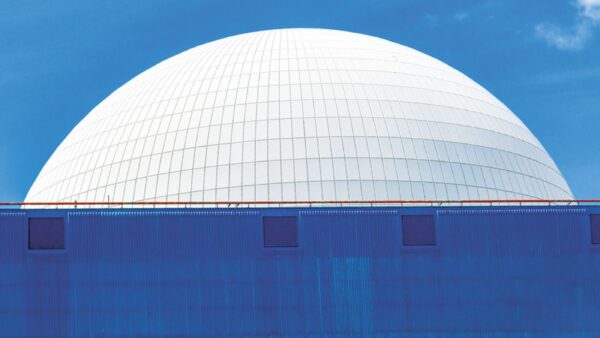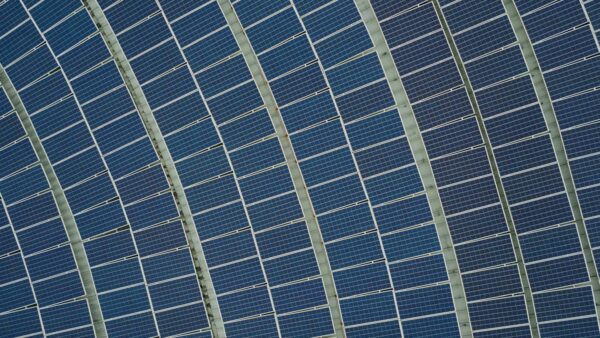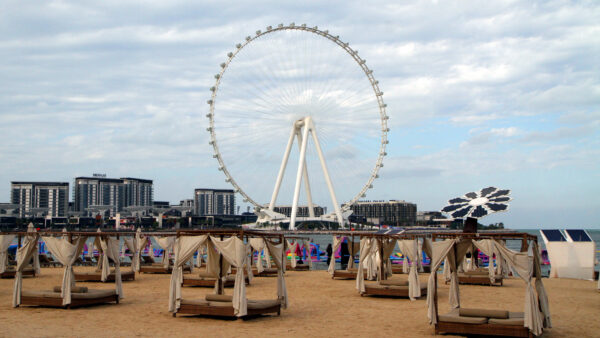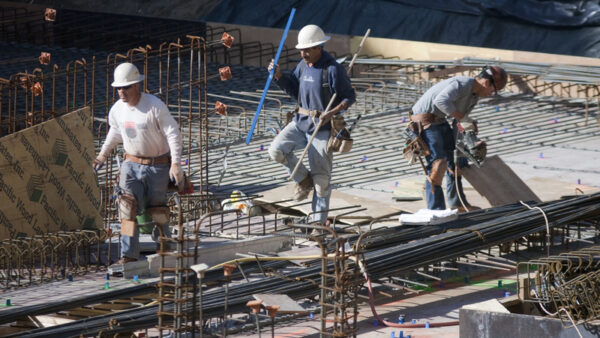The wall of ice being built around the crippled Fukushima Daiichi nuclear power plant in Japan is so far failing prevent contaminated groundwater flowing into the sea.
Fast groundwater flow caused by heavy rains is thought to be preventing the complete freezing of the unprecedented 1.5km barrier of ice, the Nikkei Asian Review reports today.
Experts hoped the wall, which they began freezing in March, would cut the amount of newly contaminated water pooling in a test well outside the barrier to 70 tonnes a day, but heavy rain during the September typhoons increased that to more than 1,000 tonnes on some days.
Ice barriers have been used before in other applications, but no one has ever tried to freeze soil over a distance of 1.5km, says the Review, adding that the government has so far spent $331m on the project.
Japan is desperately trying to stop groundwater flowing from mountains into the basements of the buildings housing reactors damaged in the 2011 earthquake and tsunami.
The water comes into contact with molten nuclear fuel and other materials and then continues onward to the sea.
The ice wall consists of 1,568 pipes driven 30m deep into the ground at 1m intervals. They are filled with refrigerant and cooled to minus 30°C to create a thick ice barrier around the stricken plant.
This month the wall was completed on the seaward side and work is continuing to extend it to the mountain side. The entire barrier is due to be completed next year.
Before the wall was built, about 400 tonnes of water became contaminated each day. Tokyo Electric Power (Tepco), the owner of Fukushima, then had to pump out the water and hold it in tanks until it could be treated.
Nearly 1,000 tanks are now full, and the storage system is reported to be reaching its capacity.
Japan’s Nuclear Regulation Authority and Tepco have been checking the amount of water passing through the barrier using a monitoring well bored between the ice wall and the ocean.
The aim was to reduce the amount of newly contaminated water to 70 tonnes a day.
After part of the wall was “turned on” in March of this year, a reduction in flow to 200 tonnes was achieved on some days, but heavy rain during the September typhoons increased that to more than 1,000 tonnes on some days.
Work on removing molten nuclear fuel from the plant is scheduled to commence in 2021.
Image: A Tepco engineer checks radiation levels in September (Tepco)
Further Reading:
Comments
Comments are closed.







After all that Japan has suffered I am not understand why they are even considering nuclear power
I am astounded that the Japanese who suffered the nuclear destruction on two of their major cities in world war 2 could even have contemplated such a nuclear power station in the first place! However it is now ,not just a Japanese problem but ,because of the radio activity leak many other pacific rim countries are now being contaminated!